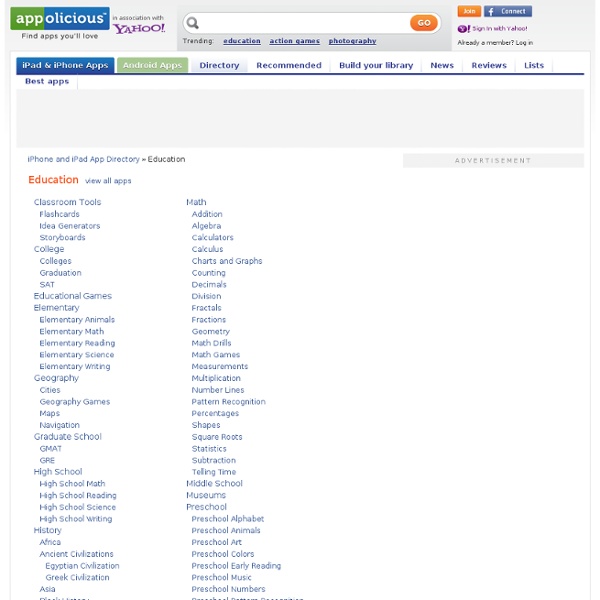



TeacherTube - Teach the World Discussion topics for English language learners Prepare for Discussion 28 topics-- for the Higher Intermediate & Advanced levels----START 01 Alternative Beliefs 02 Animal Welfare 03 The Arts 04 Crime & Punishment 05 Cultural Differences 06 Economics 07 Education 08 Environment 09 Fashion 10 Food 11 Health 12 Holidays 13 Language Learning 14 Male & Female Roles 15 Marriage 16 The Media 17 Political Systems 18 Religion 19 Rich & Poor World 20 Science & Technology 21 Society 22 Sport 23 Tradition 24 Transport 25 Travel 26 Violence 27 Work 28 Youth & Old Age -----© Ted Power Glossary of Ten Discussion Techniques - detailed index List of the 28 Topics for Discussion [ This list of the 28 topics can be printed out for learners' or teachers' reference ] -- Higher Intermediate vocabulary and discussion - topics 1 to 10: 1. -- Higher Intermediate vocabulary and discussion - topics 11 to 20: 11. -- Higher Intermediate vocabulary and discussion - topics 21 to 28: 21. Return to the TOP of this page
instashare Conversation Questions for the ESL/EFL Classroom If this is your first time here, then read the Teacher's Guide to Using These PagesIf you can think of a good question for any list, please send it to us. Home | Articles | Lessons | Techniques | Questions | Games | Jokes | Things for Teachers | Links | Activities for ESL Students Would you like to help? If you can think of a good question for any list, please send it to us. Copyright © 1997-2010 by The Internet TESL Journal Pages from this site should not be put online elsewhere.Permission is not required to link directly to any page on our site as long as you do not trap the page inside a frame.
1000s FREE Primary Teaching Resources & Printables - EYFS, KS1 and KS2 - SparkleBox Sing-along Songs One of the most fun group participation activities for family and friends is to engage in sing-along songs. The essence of a sing-along song is that it has a simple enough melody and memorable lyrics for everyone to easily learn. Many of these popular songs have been around for over a century and are taught to children as part of their grade school music education. She'll Be Comin' Round the Mountain Not many songs over a century old are still as popular as "She'll Be Comin' Round the Mountain," which originated in the late nineteenth century by an unknown composer. What A Wonderful World The song "What A Wonderful World" was first popularized in 1967 by Louis Armstrong and in 1999 was inducted in the Grammy Hall of Fame. Louis Armstrong enjoyed one of the longest recoding careers of any singer in history. Don't Worry, Be Happy One of the biggest and more memorable hits of the 1980s was "Don't Worry, Be Happy," recorded by Bobby McFerrin.
Telephoning in English Here are some useful tips and phrases for making telephone calls in English. Spelling on the phone If you need to spell your name, or take the name of your caller, the biggest problem is often saying vowel sounds: 'a' is pronounced as in 'may''e' is pronounced as in 'email' or 'he''i' is pronounced as in 'I' or 'eye''o' is pronounced as in 'no''u' is pronounced as 'you' Saying consonants'g' is pronounced like the 'j' in 'jeans''j' is pronounced as in 'DJ' or 'Jane''w' is pronounced 'double you''x' is pronounced 'ex''y' is pronounced 'why''z' is pronounced 'zed' (rhymes with 'bed' in British English), or 'zee' (rhymes with 'sea' in American English). Tip: Keep a note of how you say these letters by your telephone. Giving numbers Here's a phone number: 0171 222 3344 And here's how to say it:"Oh-one-seven-one, triple two, double three, double four." "Zero-one-seven-one, triple two, double three, double four." Each digit is spoken separately, unless it's a double or triple. Saying email addresses
Teacher Lesson Plans, Printables & Worksheets by Grade or Subject - TeacherVision.com Adele's ESL Corner - Your free online English language website ESL Printables: English worksheets, lesson plans and other resources Free Maths Worksheets For Year 4 Addition Worksheets Create your own 2 number addition worksheets and download as a pdf. You can specify the range of the numbers you want in the sums, from adding numbers 1-10 to numbers up to 9,999. A great range of worksheets that tests all sorts of addition problems - Number bonds to 10, adding 3, 3 digit numbers. Lots of worksheets and two minute tests to work through. A few column addition worksheets for free, the rest are for members only. This worksheet contains examples of Doubles, Differnce webs and counting backwards. Generate new worksheets time after time. 21 worksheets on addition, subtraction, multiplication and division. Counting Worksheets 30 worksheets on place value, negative numbers and fractions. Decimals Worksheets A range of extensive worksheets that test decimal understanding. Decimals explained and practice for using them in adding, subtraction etc. A series of worksheets that cover fractions to decimals as well as calculating with decimals Division Worksheets
Synonyms for words commonly used in student's writing Amazing- incredible, unbelievable, improbable, fabulous, wonderful, fantastic, astonishing, astounding, extraordinary Anger- enrage, infuriate, arouse, nettle, exasperate, inflame, madden Angry- mad, furious, enraged, excited, wrathful, indignant, exasperated, aroused, inflamed Answer- reply, respond, retort, acknowledge Ask- question, inquire of, seek information from, put a question to, demand, request, expect, inquire, query, interrogate, examine, quiz Awful- dreadful, terrible, abominable, bad, poor, unpleasant Beautiful - pretty, lovely, handsome, attractive, gorgeous, dazzling, splendid, magnificent, comely, fair, ravishing, graceful, elegant, fine, exquisite, aesthetic, pleasing, shapely, delicate, stunning, glorious, heavenly, resplendent, radiant, glowing, blooming, sparkling Begin - start, open, launch, initiate, commence, inaugurate, originate Brave - courageous, fearless, dauntless, intrepid, plucky, daring, heroic, valorous, audacious, bold, gallant, valiant, doughty, mettlesome